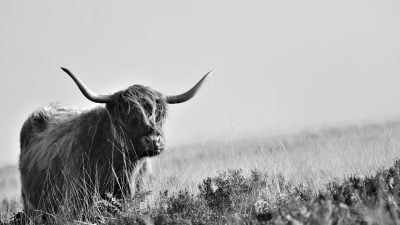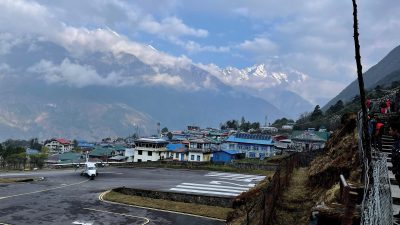Home / Australia & South Pacific / Explore the Australian Outback…

Explore the Australian Outback on a Vacation Down Under
Roaming kangaroos bounding across the desert; the sound of the didgeridoo ringing out in the open air; a massive red sandstone monolith rising from the arid plains—these images and sounds of the Australian Outback are majestic and universally iconic. In fact, there’s likely nothing more quintessentially Australian than the Outback. So why not explore the Outback on an Australia vacation?
The Australian Outback is not a definitive region of Australia but more of a colloquial term used to describe the country’s arid interior, which means that you’ll find a lot of the Outback all across Australia. In particular, if you head to Western Australia, the Northern Territory, or South Australia, you’ll find vast regions of dry, desert-like bushland, with low shrubs, wild animals, and imposing rock formations the only residents of large areas. If you’re looking for adventure on a vacation, look no further.
The Last Frontier in Western Australia
Western Australia is the largest state in Australia, but it doesn’t have the largest population, which means that there are massive stretches of this westernmost state that are virtually unpopulated. Of all these regions, the Kimberley, which comprises the state’s northeastern corner, is home to the most rugged Outback and is widely considered Australia’s last frontier. It’s a breathtaking stretch of waterways, gorges, arid deserts, sun-bleached coastlines, stony pools, and ancient limestone rocks. You’ll find plenty of adventure in the Australian Outback in the Kimberley.
Framed by Broome in the west and Kununurra in the east, the Kimberley doesn’t have much in the way of human infrastructure. There are small indigenous communities throughout the region and a highway runs between Kununurra and Broome, but you won’t find anything resembling bustling life along the route. The agricultural town of Kununurra is a great base to explore the scenic landscapes of the Kimberley. From Kununurra, you can schedule a cruise along the Ord River or spend your time in the agricultural communities throughout the hills surrounding the town. On Lake Argyle, you can cruise across the second largest man-made reservoir in the world.
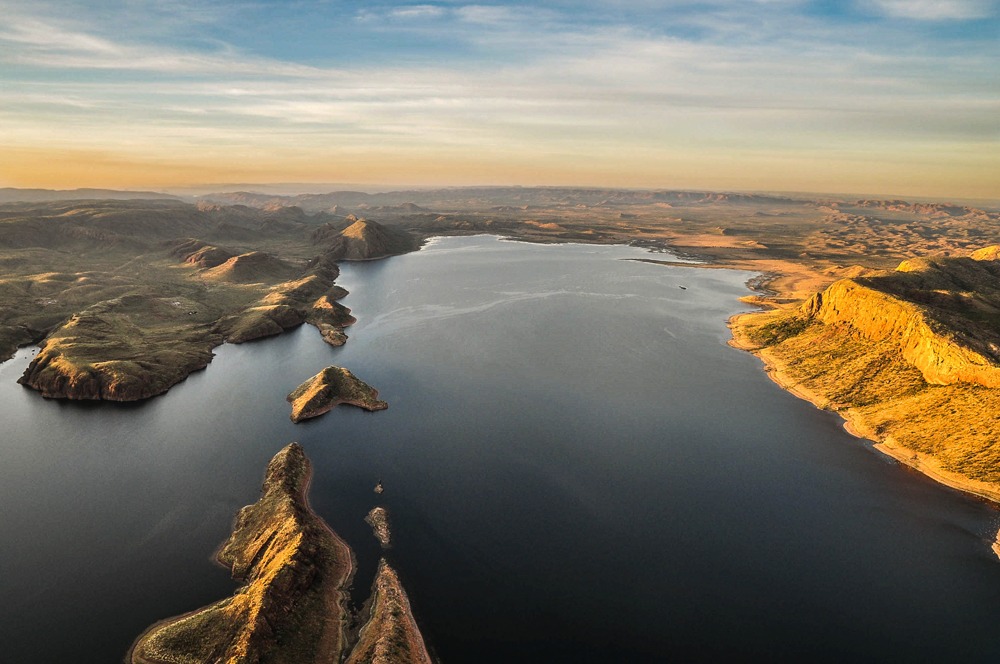
For the truly spectacular, head south to Purnululu National Park where you will find the Bungle Bungles, a series of sandstone domes that are some of the most enduring symbols of the Australian Outback. Formed over the course of a million years, the Bungle Bungles are most remarkable due to the vivid strips of sediment that make it seem as if the rocks glow at horizontal intervals. Some people have even compared them to massive beehives, which is a fairly apt description.
On the western fringe of the Kimberley, you’ll reach Broome, where you can ride a camel across the beach at sunset or embark on a 4WD adventure along the Dampier Peninsula, meeting the local indigenous peoples as you cross over the stunning red landscape and stop off to witness tidal flows and gaze out across the Timor Sea at Cape Leveque.
You can also find many Outback adventures in Western Australia outside the Kimberley. Perhaps the most iconic of these southern Outback landscapes is the Pinnacles Desert, which is defined by the jagged limestone formations rising out of the sands of Nambung National Park. You can take a day trip from Perth to the Pinnacles Desert and spend an afternoon venturing around this desert for yourself.
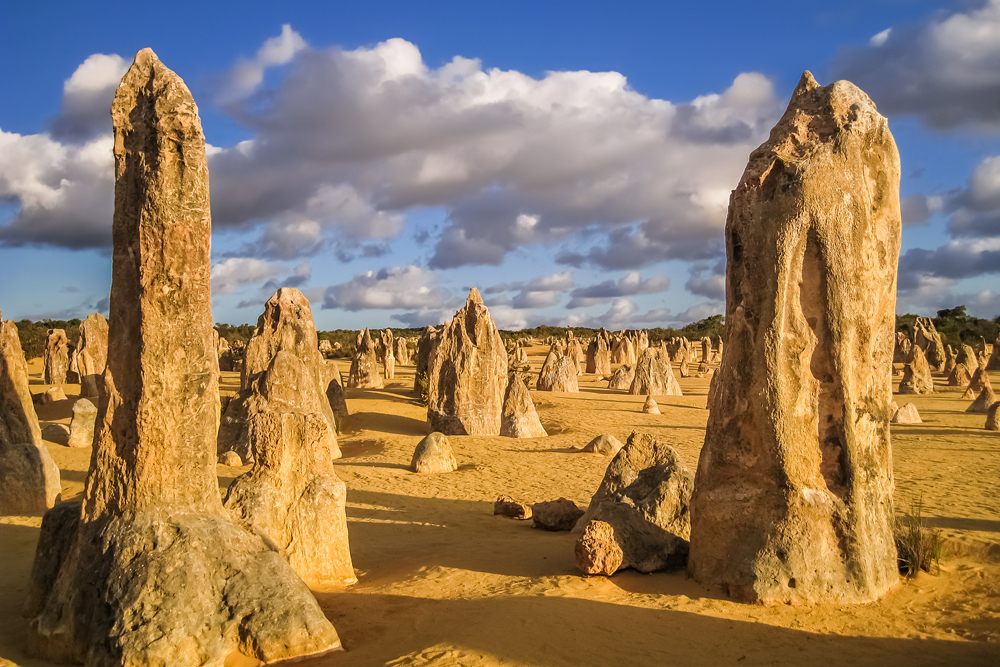
Australian Icons in the Northern Territory
The Northern Territory is the least populated area of Australia, but arguably the most iconic. Comprising the north central part of the nation, it is home to the most unforgettable landmarks of the Outback, including King’s Canyon, Katherine Gorge, Kakadu National Park, and the sandstone monolith of Uluru/Ayers Rock.
There are generally two city bases for exploring the Australian Outback in the Northern Territory: Darwin in the tropical Top End and Alice Springs in the Red Centre. Darwin is the largest city in the Northern Territory and has a lot of World War II historical sites that are worth visiting. It’s also close to Kakadu National Park, making it a great place to stay while exploring the billabongs and bushland of the park. Aside from exploring the waterways by boat, you can take a flight over the park to see the wilderness from above. You can also head to the incredible rock art sites where you’ll find indigenous artwork dating back 20,000 years.
Journey to the southern edge of Kakadu National Park to find Nitmiluk National Park, also known as Katherine Gorge, a collection of nine gorges across the park. Like in Kakadu National Park, Katherine Gorge is a great place to get on the water. If you’re more adventurous, opt for a kayak or canoe journey; if you want a bit more distance from the waves and the crocodiles that you’ll find in Kakadu, take a boat cruise. You can also hike along the shoreline for equally good views of the landscape and wildlife.

If you’re based out of Alice Springs in the nation’s Red Centre, you’ll have great access to the drier, desert-like landscapes of the Outback. Alice Springs was founded as an important way station between Darwin and Adelaide and remains an eccentric town today. If you want to learn about the Flying Doctor service or see a camel race, Alice Springs will treat you well. If you head to the southwest of Alice Springs, passing through the West MacDonnell Ranges, you’ll reach King’s Canyon, a breathtaking canyon with 100m high walls. Hike down into the belly of the canyon to appreciate the stark geography or climb to the cliff’s edge if you want to thrill yourself with the height.
The granddaddy of all Australian Outback icons is Uluru/Ayers Rock, the massive sandstone monolith that has defined the country for thousands of years. Rising out of the arid plains, this massive rock runs a deep red and changes colour depending on the lighting. For instance, at sunrise and sunset, it can burn a bright crimson or take on a deep purple. Uluru has been a sacred icon of the local indigenous people, the Anangu, for thousands of years, so you should respect their traditions and avoid climbing the rock. Instead, opt for a camel ride at sunset or fly a helicopter high over the landscape of the Northern Territory to see how massive it is from the air. At the very least, join a guided hike around the base of the monolith to see its wonders from various angles. The nearby sandstone domes, Kata Tjuta/The Olgas are also worth visiting and are some of Australia’s most fascinating icons.

An Underground World in South Australia
South Australia is famous for its wine valleys, but it also has some of the best stretches of the Australian Outback in the country. In particular, the wilds of the Flinders Ranges Mountains should attract anyone looking for outdoor adventure in the Outback. If you head north of Adelaide into the Ikara-Flinders Ranges National Park, you’ll reach the Flinders Ranges, which are great for outdoor activities. You can go on a bike trip through the mountains or opt for ATV or 4WD drives across the rugged backroads. Take a scenic flight over the ranges to appreciate them from the air or opt for a more relaxing time in the Outback by soaking in some of the many thermal hot springs. In the Flinders Ranges, you’ll also find Wilpena Pound, a massive natural amphitheatre that is one of the most impressive sights in all of Australia. Hike into the bowl or skirt the rim of the amphitheatre to best appreciate the views.
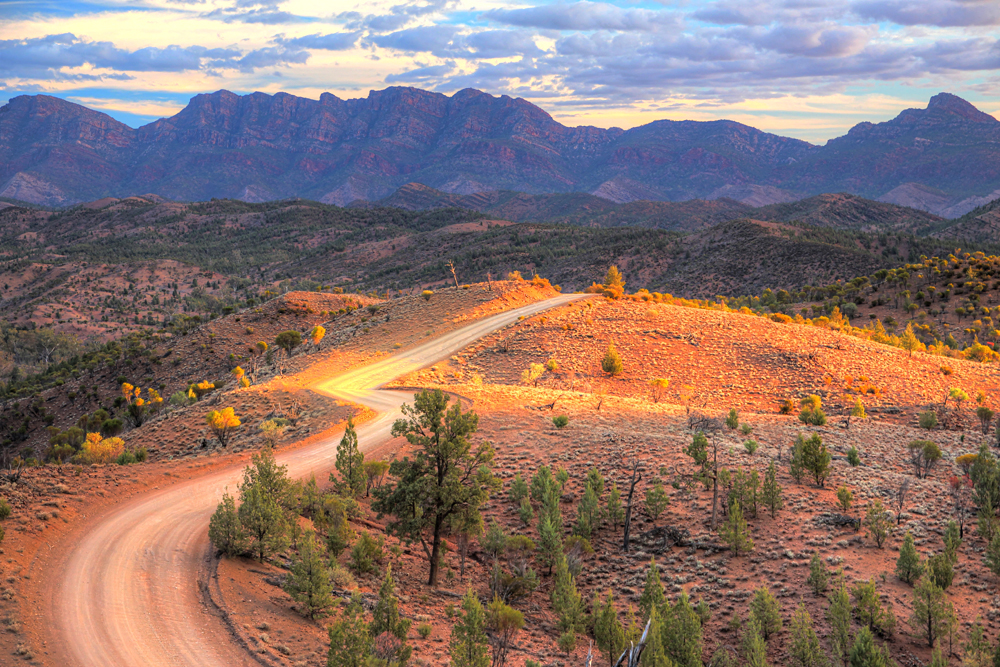
In South Australia, you’ll also find one of the definitive Outback towns: Coober Pedy, which is the opal mining capital of the world. For over 80 years, Coober Pedy has supplied the world with the kaleidoscopic gem, opal. Beyond the many opal mines around Coober Pedy, the most exciting part of the town is that over half of the buildings are underground. People live in homes carved out of the rock that seem like something out of a science-fiction film.
If you visit Coober Pedy, you can tour the underground buildings and caves, and visit a working mine; you can even use a pickaxe to chip away some opal gemstone during your visit. You can also explore the sandstone outcrops and see some of the most stunning underground creations, such as the Serbian Underground Church. While in Coober Pedy, you can also embark on the Outback Mail Run, which transports you between Coober Pedy and William Creek. The tour takes you through a stark landscape of red sand hills and 120-million-year-old sea beds, stopping off at the old railway outpost of Oodnadatta for a drink at the famous Dingo Café.
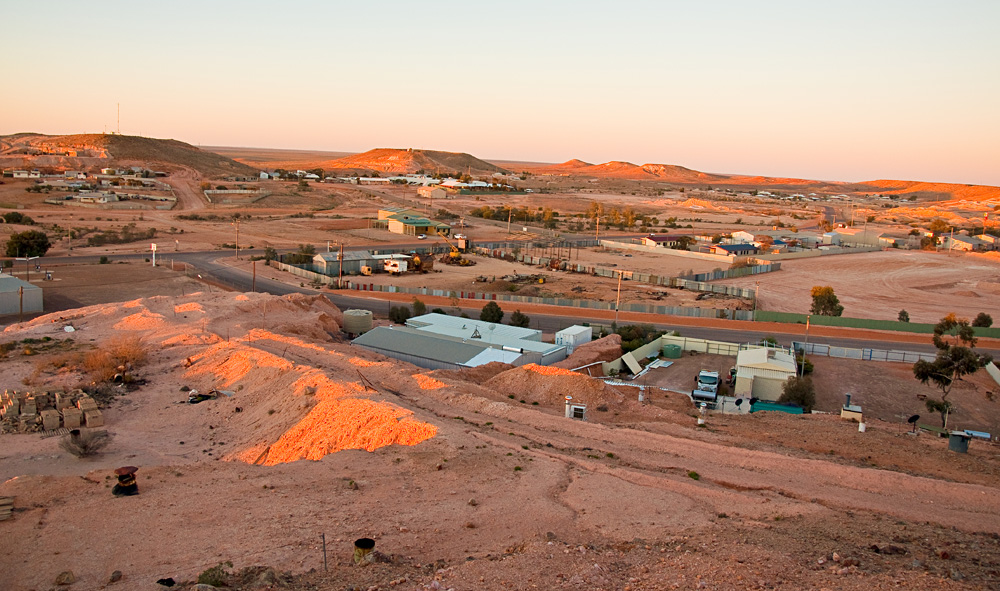
As you can see, there’s a lot of Outback in Australia. These wide-open stretches of red sand plains and sparse bushland are perfect for all manner of adventure. If you love to traverse through breathtaking wilderness, bike through looming canyons, and see some of the great natural icons of the world, head to the Australian Outback. It’s a wild world ready to discover.
Get more travel inspiration by email.
Subscribe
0 Comments

Get the latest travel trends & hear about the best deals on vacations around the world.
If you’re a Globetrotter, these are the newsletters for you!
